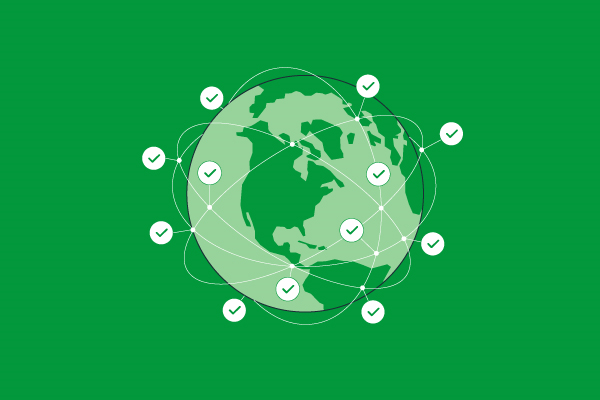PSD2 (Revised Payment Service Directive) comes into full effect on 14th of September, 2019. Every online transaction which is initiated from an EU issued card to a merchant’s online store will go through SCA (Strong Customer Authentication) which means every such transaction must go through 3D secure authentication.
PSD2 and What It Means
On one hand banks will be obliged to provide third-party providers access to the accounts of their customers through an application program interface (API). This, in turn, enables third-party providers to build entire financial services based on the infrastructure of banks. Furthermore, banks will no longer be competing with only banks, but all financial service providers. PSD2 will change the way online payments take place, which business models are profitable and client expectations entirely.
On another hand the European Commission aims to reinforce customer protection and generally improve the security of online payments within the EU. Additionally, it aims to create a more data security digital economy. Since it requires SCA, it is more protective of customer rights in general.
Card Approval Ratio and How PSD2 Will Affect Online Merchants


Firstly, one of the most important aspects of any business currently is customer experience. Customers today value a smooth and easy to use service which provides high security. Merchants could struggle to find a balance between security and customer experience in the beginning. In this case the 3DS 2.0 security protocol is a great solution for merchants and customers as it provides more dynamic ways for customers to complete their two factor authentication.
Secondly, this may affect all merchants. If you have transactions of any kind with parties in the EU, this will affect your business undoubtedly. EU citizens spent $720 billion online in 2017 based on the European Ecommerce Report of 2017. This number is significantly higher at 50% than the total spent in the US. Furthermore, this is a large market that most merchants will not be willing to give up and instead should adjust their business strategy to fit the EU market regulations. It basically means every online business generating volumes from EU cards needs to implement 3DS 2.0 to successfully address the SCA requirements.
Lastly, there are many positives in regards to PSD 2 and the required SCA . There may be some challenges until all players in the payment ecosystem implement the full scope of authentication options and features of 3DS 2.0 If every EU card transaction should go through SCA, then all parties must ensure smooth customer experience and frictionless authentication flow. In some cases, if the transactions go through additional verification based on the risk score, the issuers should provide authentication modes which would not lead to declined transactions or abandoned purchase process. Many industry experts say during the initial stage of implementing and getting used to the new requirements, successful transactions (card approval ratio) may drop significantly.
Why the pros outweigh the cons
Though the card approval ratio may decrease initially, 3DS 2.0 provides a better and more dynamic way for authentication and more security for consumers. It will bring a lot of positives for EU merchants and better fraud prevention despite the initial challenges in complying with the PSD 2 requirements. Both merchant and customers should prepare and educate themselves on the topic prior to the transition.
Did you find this article useful? Make sure to visit website for help with any payment solution.


Comments are closed.